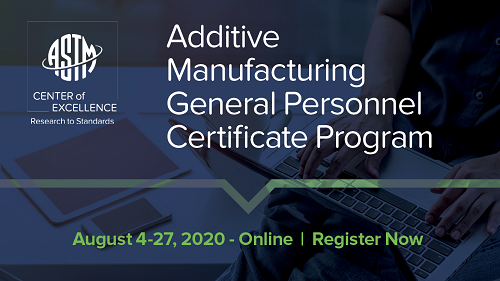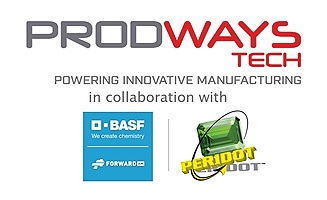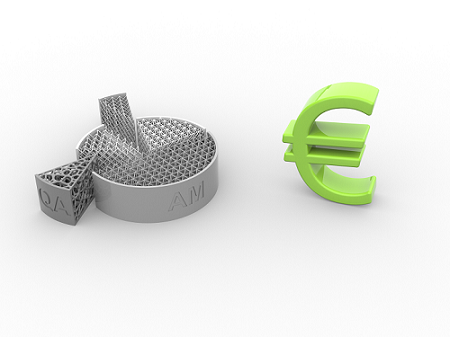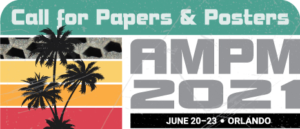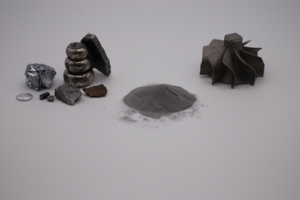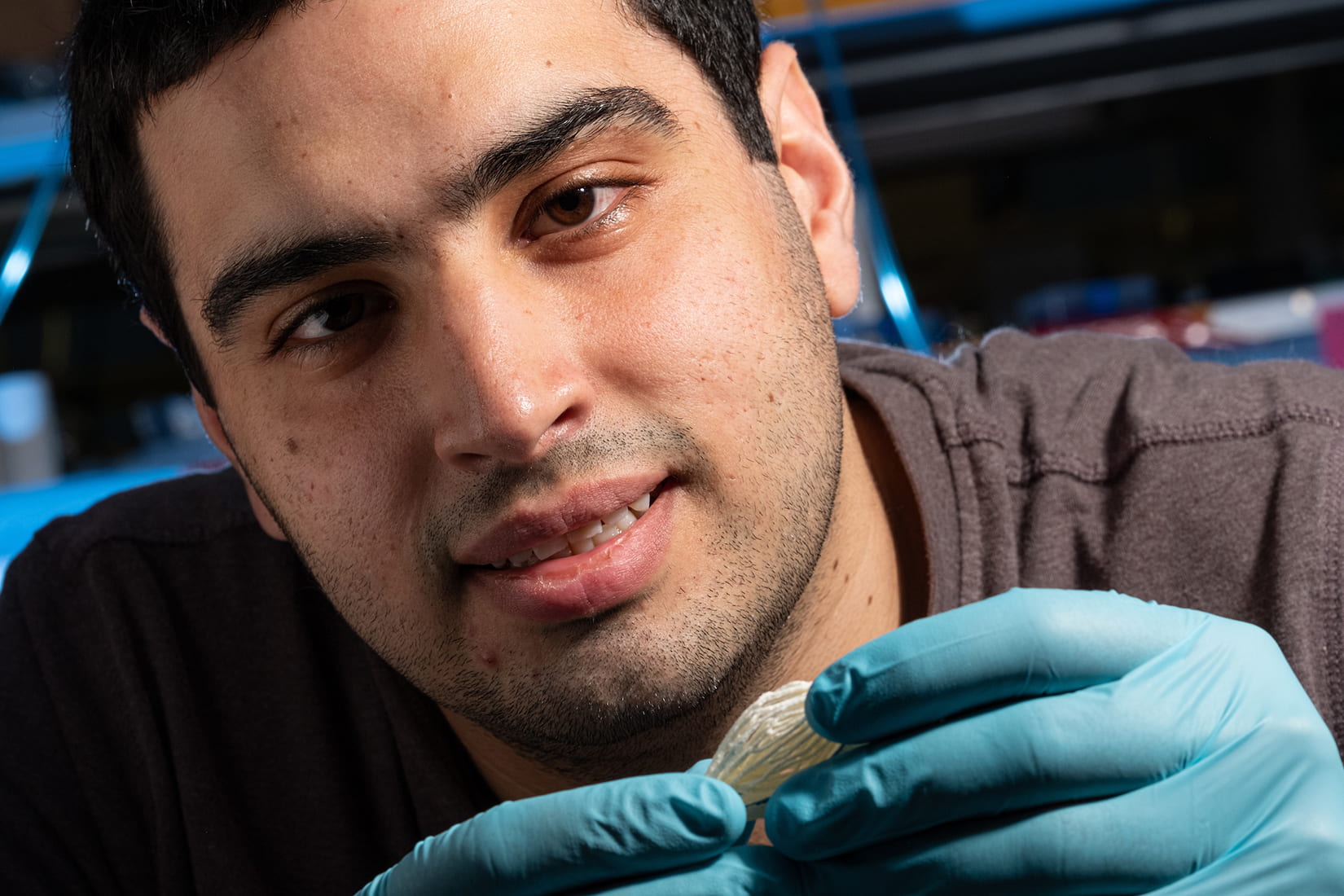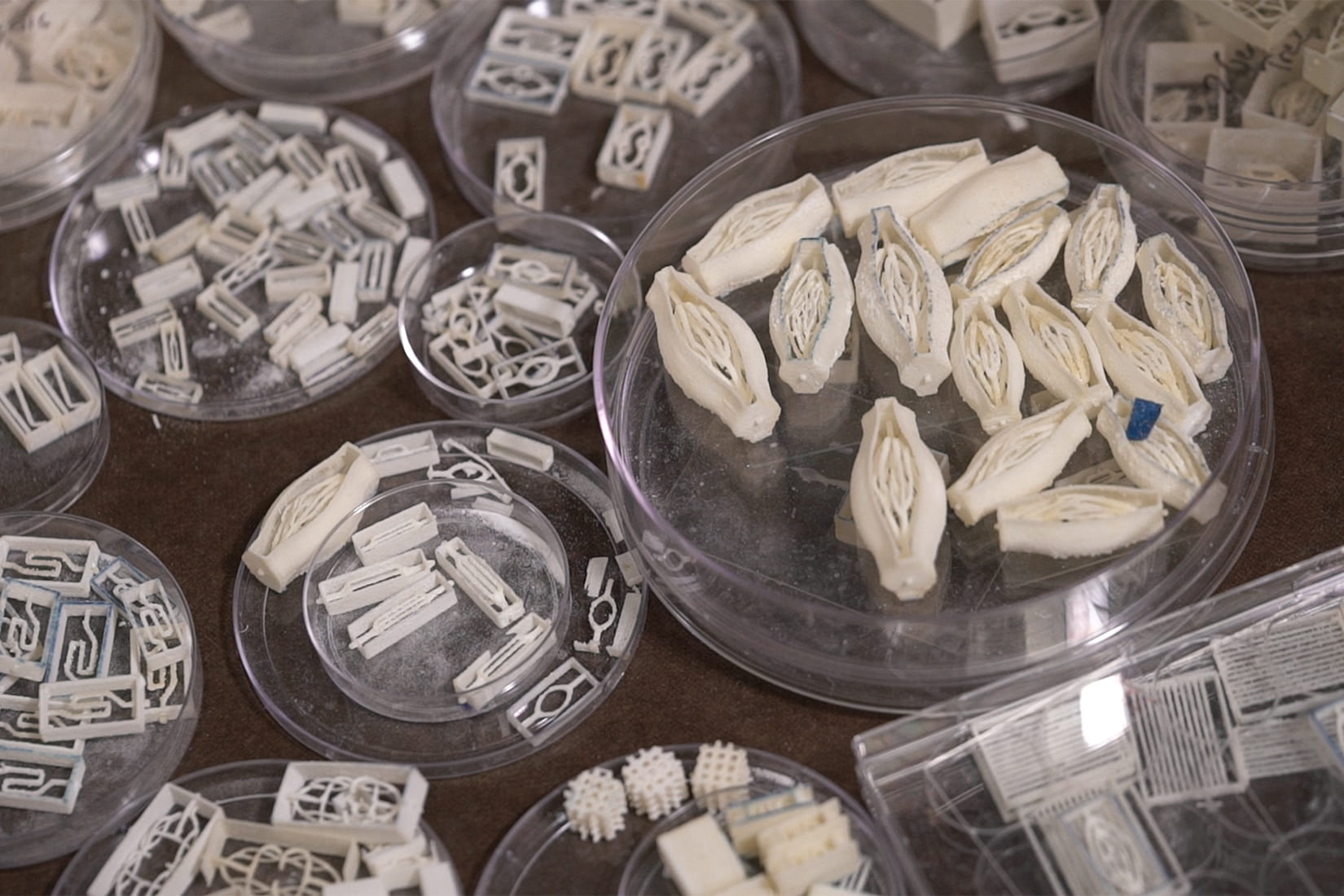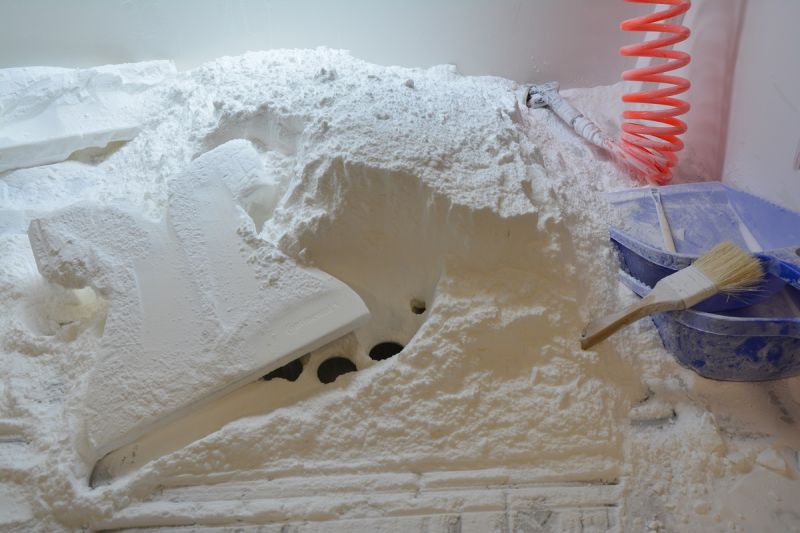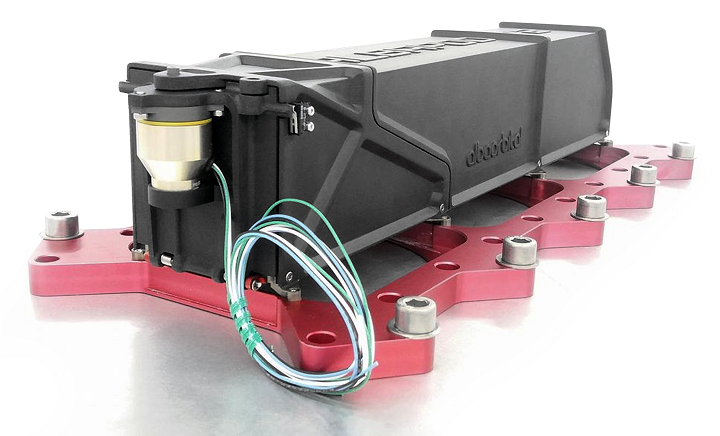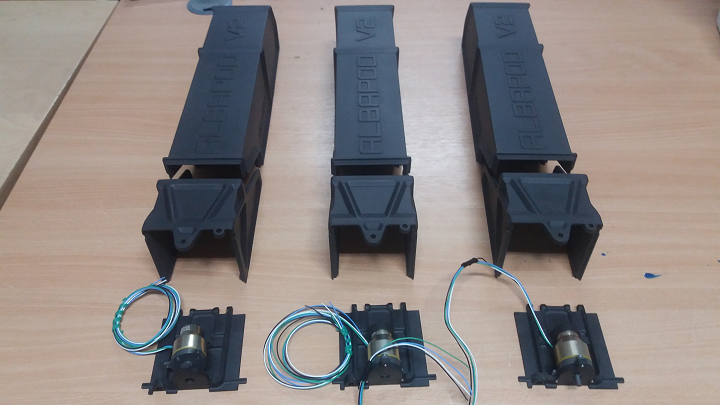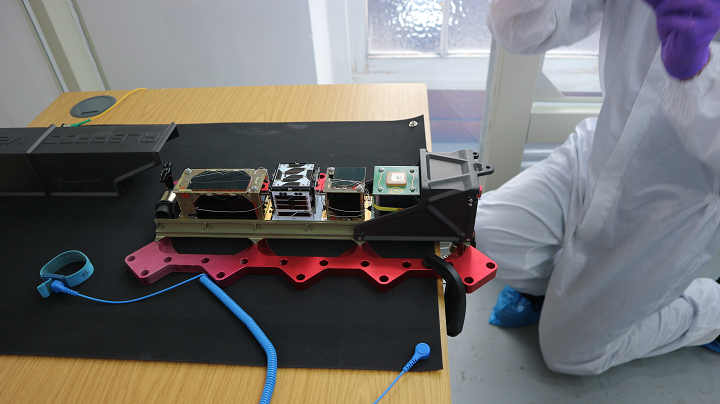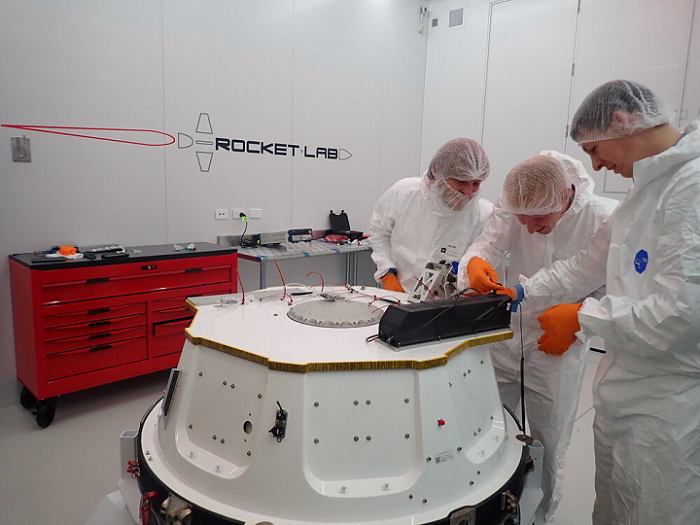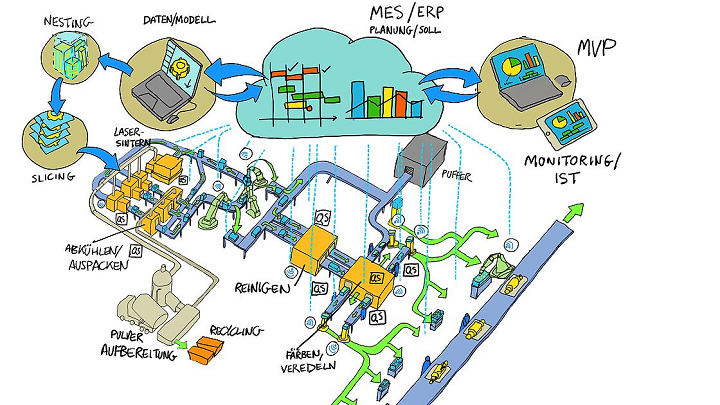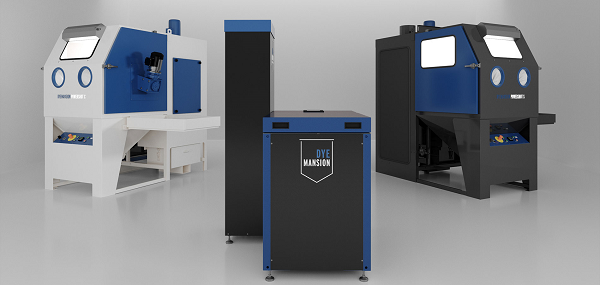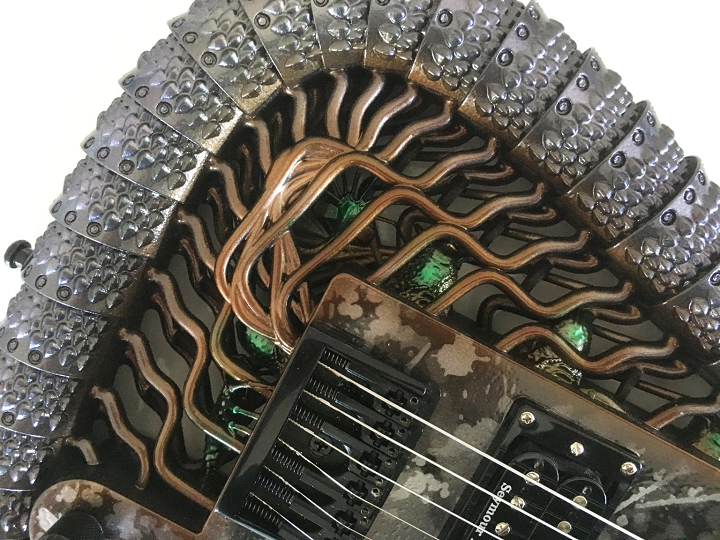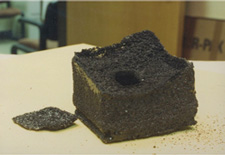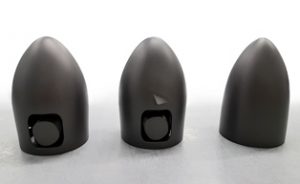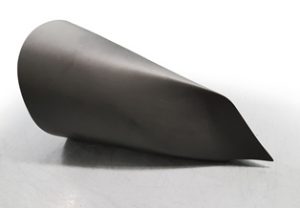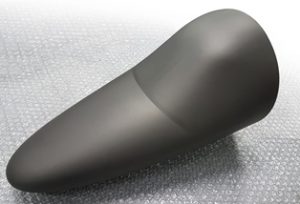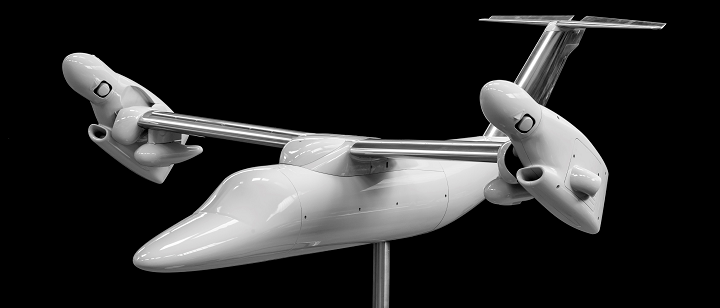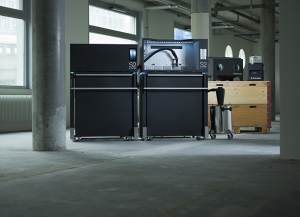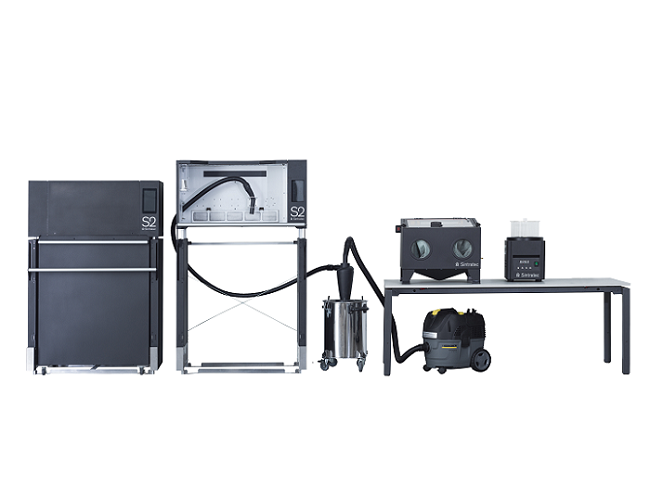It’s another busy week in the 3D printing industry that’s packed full of webinars and virtual events, ranging in topics from medical materials and flexible electronics to polypropylene and market costs. There are four on Tuesday, August 4th, two on Wednesday, August 5th, and the week will end with the last KEX webinar on Thursday, August 6th.
ASTM’s AM General Personnel Certificate Program
Last week, the ASTM International Additive Manufacturing Center of Excellence (AM CoE) training course all about additive manufacturing safety. Now, the AM CoE is starting its AM General Personnel Certificate course, which will begin August 4th and run through the 27th. One of its key focus areas is promoting AM adoption, and helping to fill the knowledge gap with training for the future AM workforce is a major way that the AM CoE is doing this. The online course is made up of eight modules covering all the general concepts of the AM process chain, and attendees will learn important technical knowledge that will allow them to earn a General AM Certificate after completing a multiple-choice exam.
“This course will feature 17 experts across the field of additive manufacturing to provide a comprehensive course covering all of the general concepts of the AM process chain to its attendees. The course will occur over the month of August consisting of two modules per week for four weeks. More information can be found in the course flyer.”
Online registration will open soon. This is not a free course—you can learn about the fees here.
Nexa3D & Henkel: Medical Materials Webinar
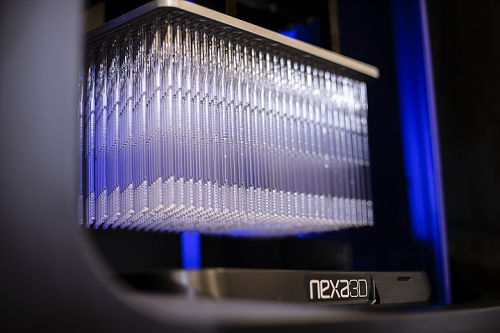 Nasal swabs
Nasal swabsRecently, SLA 3D printer manufacturer Nexa3D and functional additive materials supplier Henkel announced that they were partnering up to commercialize the polypropylene-like xMED412, a durable, high-impact material that can be used to 3D print biocompatible medical and wearable devices; in fact, it’s already been cleared to print nasal swabs. Now, the two are holding a virtual leadership forum on “Advances and Breakthroughs in 3D Printed Medical Equipment and Device Materials,” like xMED412. Topics to be discussed will include new possibilities for 3D printing medical equipment and devices, the benefits of using AM to fabricate these products, and the advantages additive manufacturing has over medical materials made with traditional manufacturing. Panelists will engage with attendees after the discussion in a live Q&A session.
“3D printing has introduced all kinds of new possibilities for developing stronger and lightweighted equipment but we’ve only scratched the surface of what’s possible. These past few months have driven the industry to new realms of creativity with the need to quickly deliver medical supplies, devices and materials. With new lightweight, sturdy materials designed to withstand impact, moisture and vibration, access to lower cost medical equipment is becoming more widely available thanks to 3D printing.”
Register here for the 45-minute virtual forum, which will take place on Tuesday, August 4th, at 1:30 pm EST.
SOLIDWORKS Design Solution Demonstration
Also on August 4th, at 11 am EST, Dassault Systèmes will be holding a brief demonstration of its 3DEXPERIENCE SOLIDWORKS design solution. This demonstration of the platform’s capabilities will last just 22 minutes, and will teach attendees how to collaborate and stay connected to data while creating new designs with SOLIDWORKS when connected to the 3DEXPERIENCE platform, exploring the latest tools available on the platform, and design a model using both parametric (3D Creator) and Sub-D modeling (3D Sculptor) tools with the help of complementary workflows.
“SOLIDWORKS is the design tool that has been trusted by engineers and designers around the world for decades. Part of the 3DEXPERIENCE WORKS portfolio, SOLIDWORKS is now connected to the 3DEXPERIENCE platform with cloud-based tools that enable everyone involved in product development to collaborate on real-time data. Doing so enables you to efficiently gain the insight needed to create revolutionary new products.”
You can register for the demonstration here.
NextFlex Innovation Days
The last August 4th event in this week’s roundup is NextFlex Innovation Days, the flagship showcase event for the consortium of academic institutions, companies, non-profits, and local and federal governments that make up NextFlex and are working to advance US manufacturing of flexible hybrid electronics (FHE). The event will run through Thursday, August 6th, and will include panel discussions on how FHEs are continuing to transform the world, including a panel featuring a special guest speaker from the US Senate. FHE innovations that will be highlighted during the event include a wearable biometrics monitor from Stretch Med, Inc., flexible skin-like sensors from Georgia Tech, a flexible UV sensor out of the NASA Ames Research Center, miniaturized gas sensors that GE Research integrated into wearables and drone formats, and Brewer Science’s integrated FHE solutions in a brewery application.
“This multi-day virtual event will feature over 50 customer, partner and member company presentations online available at no cost. If you watch live, you’ll have the chance to interact with presenters and flexible hybrid electronic (FHE) experts from the comfort of home via webinars and virtual labs, or you can watch video demonstrations at your availability.”
Register for NextFlex Innovation Days here.
Additive America & HP AM Webinar
HP is currently sponsoring a webinar series highlighting business in the AM industry that worked to transition their production processes in order to help fill the supply chain gap that’s been caused by the COVID-19 pandemic. This week’s episode, which will take place at 1:30 pm EST on Wednesday, August 5th, will feature a discussion with Additive America on “the lasting impact of COVID-19 on additive manufacturing.”
“Listen in on conversations with our customers to learn how they have adapted to the change in business climate, whether it be a shift in production workflow to address supply chain gaps, enabling a faster product development cycle to support changing customers’ needs, or bridge production.”
You can register for this webinar here.
Prodways, BASF, & Peridot Talk Polypropylene
Also on August 5th, Prodways, BASF, and full-service product development company Peridot Inc. will be holding a free webinar together called “Rethink Additive Manufacturing with Polypropylene.” Led by Lee Barbiasz from Prodways, Jeremy Vos from BASF, and Peridot owner Dave Hockemeyer, the webinar will focus on how PP 1200, a tough, chemically resistant, low density polypropylene enabled by BASF for selective laser sintering (SLS) 3D printing, is being used to bridge the gap between additive manufacturing and injection molding, as well as growing opportunities and applications in short run manufacturing. Hockemeyer was an early adopter of the material, and will share a variety of use cases for PP 1200. There will also be a chance for attendees to ask questions about the material.
“3D Printing with Polypropylene is here! After more than three decades, 3D printing technology has evolved the ability to 3D print polypropylene material. Polypropylene enables scalability in manufacturing, reduces barriers to entry in 3D printing and reduces manufacturing costs by 25-50%!”
You can register for the webinar, held on Wednesday, August 5th, from 1-1:45 pm EST, here.
KEX Knowledge Exchange on Market, Costs & Innovation
The last entry in this week’s roundup will take place on Thursday, August 6th. KEX Knowledge Exchange AG, a former spinoff of Fraunhofer IPT, held webinars in July about powder bed fusion technology and post-processing, and the last in its series will be an online seminar on Market, Costs & Innovation. Sebastian Pfestorf from KEX and Lea Eilert, the project and technology manager for the ACAM Aachen Center for Additive Manufacturing, will be the speakers for this webinar.
“In this online seminar, you will learn:
-
Current AM market and industrial trends
-
What markets the technology has penetrated the most and why
-
How to go about implementing AM, including risks and uncertainties
You can register for the hour-long webinar here. It will take place on Thursday, August 6th, at 8 am EST.
Will you attend any of these events and webinars, or have news to share about future ones? Let us know!
The post 3D Printing Webinar and Virtual Event Roundup, August 2, 2020 appeared first on 3DPrint.com | The Voice of 3D Printing / Additive Manufacturing.

